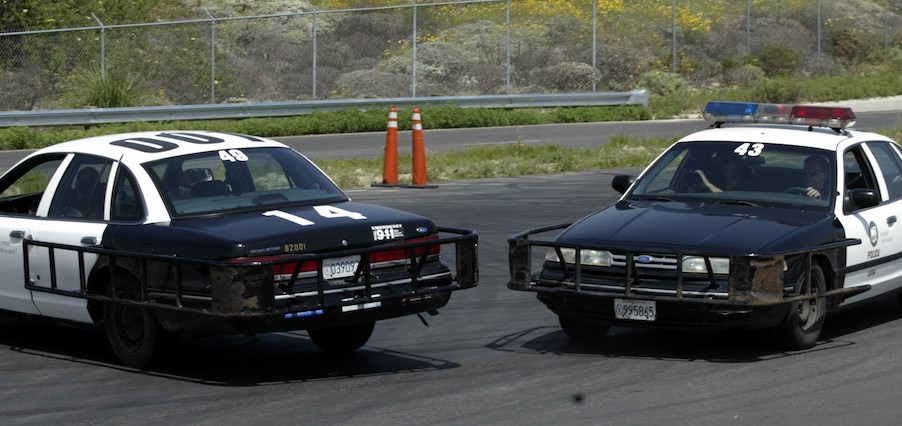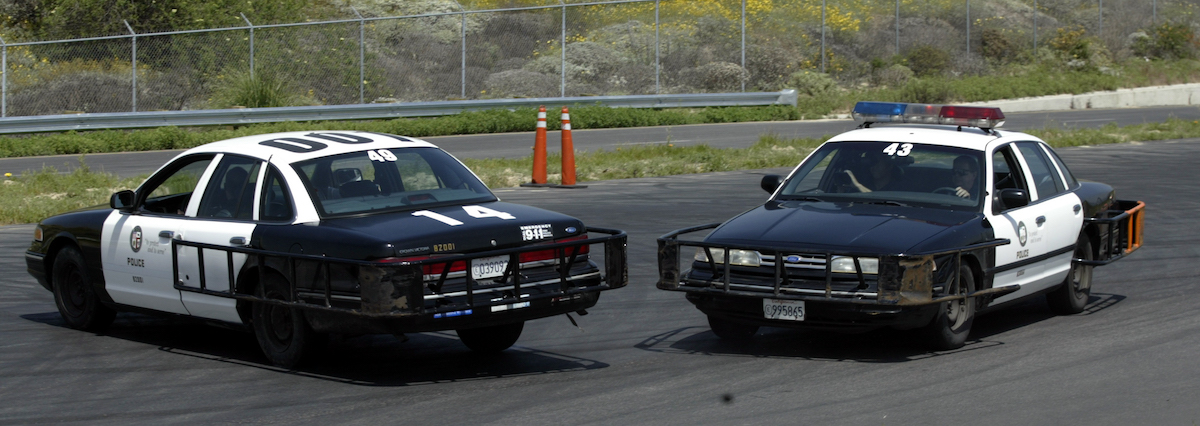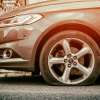
Is the Police PIT Maneuver Dangerous When Used on SUVs and Trucks?
Most drivers are concerned with car safety, even police officers engaged in high-speed chases. But a recent tragic headline has officials and the public alike questioning a technique police use to stop fleeing suspects. The PIT maneuver, an abbreviation for “pursuit immobilization technique,” has been around since the 1970s. But is it the safest way to stop a wayward vehicle, especially today’s tech-loaded behemoths?
A PIT maneuver in Georgia proved fatal

A police officer’s decision to employ the PIT maneuver during a Georgia car chase resulted in a child’s death this past September, Jalopnik reported. Leden Boykins was an innocent passenger in his father’s Kia Sorento SUV. Unfortunately, his father, Charlie Moore, was driving under the influence and attempted to flee a traffic stop, according to the police.
During the chase, Moore was driving recklessly, which prompted the police officer in pursuit to employ the PIT maneuver. Though the protocol is widely accepted among police departments nationwide, this scenario was different. The maneuver resulted in the Sorento’s rollover, ultimately killing the 12-year-old.
An investigation is underway, and preliminary statements indicate Moore has been charged with murder. But this tragedy prompts another look at PIT maneuvers and SUVs.
Is the PIT maneuver more dangerous to pickups and SUVs?
The Washington Post cites that the PIT maneuver has killed more than 30 people in the past five years. And one common thread persists: Suspects in SUVs and pickups have a higher likelihood of rollover events.
We previously reported on a pregnant woman in Arkansas slowing down in response to being pulled over for a traffic stop. But she didn’t stop her SUV fast enough, and the state trooper engaged the bumper-tapping PIT maneuver. The woman then lost control of her vehicle, which rolled over and crashed into a median divider.
In a similar incident involving a Ram pickup, the PIT maneuver resulted in the truck rolling over, killing the driver.
The Los Angeles County Sheriff’s Department already outlines provisions for police officials regarding PIT maneuvers and larger-sized vehicles. These maneuvers are not to be employed on “significantly heavier vehicles” or “vehicles with a higher center of gravity,” such as buses, motorhomes, and semi-trucks.
Police Chief Magazine points out that with the adoption of new car safety technology, these PIT maneuvers aren’t as effective on certain vehicles. More specifically, the introduction of ESC systems (electronic stability control), which change how an automobile reacts to the PIT maneuver, can make these scenarios more dangerous. And studies performed and shared by the U.S. Department of Justice found that vehicles with ESC systems had “unpredictable results” from PIT maneuver techniques.
These points all suggest that, indeed, the PIT maneuver can have unintended and tragic consequences when used on today’s SUVs and pickups.
Why the PIT maneuver makes sense in some situations
Pursuit Response describes the PIT maneuver as it’s intended to work. When executed properly, the driver approaches a fleeing vehicle from behind and gently makes contact with the rear bumper. If done correctly, the fleeing vehicle receives the nudge and thrusts sideways into a spin that ultimately stops the vehicle.
But despite the best intentions, times are changing, as are the vehicles on the road. And what used to be a car safety best practice might now be far more dangerous.
With growing concern about the effectiveness of the PIT maneuver, many expect police departments to re-evaluate their engagement policies.


